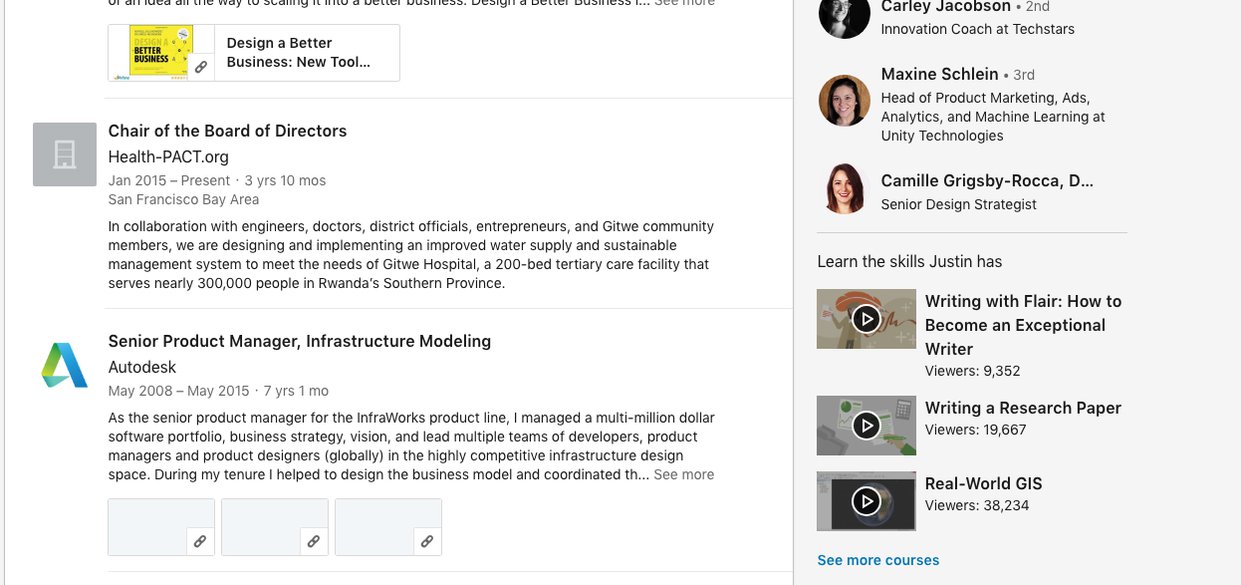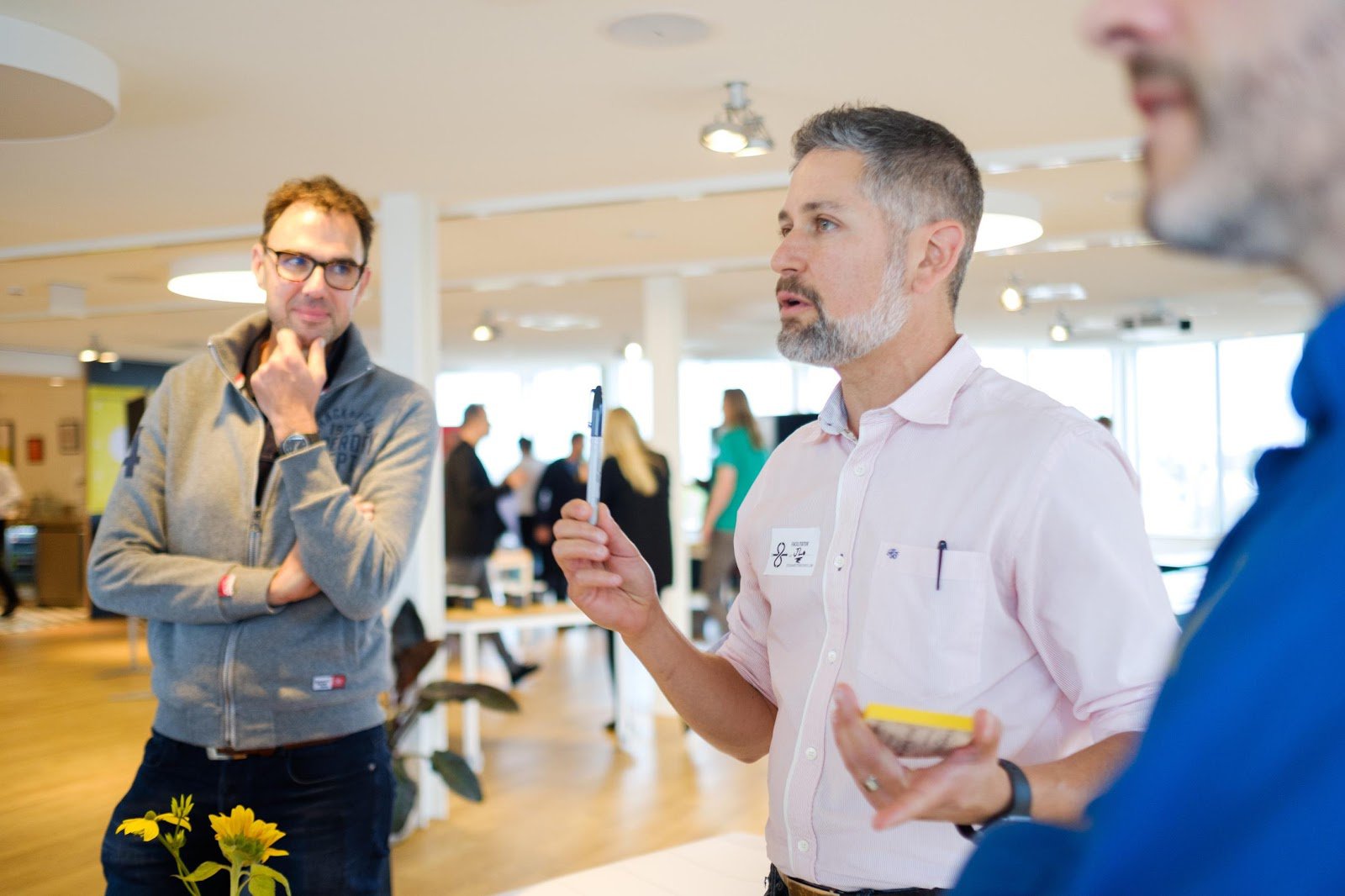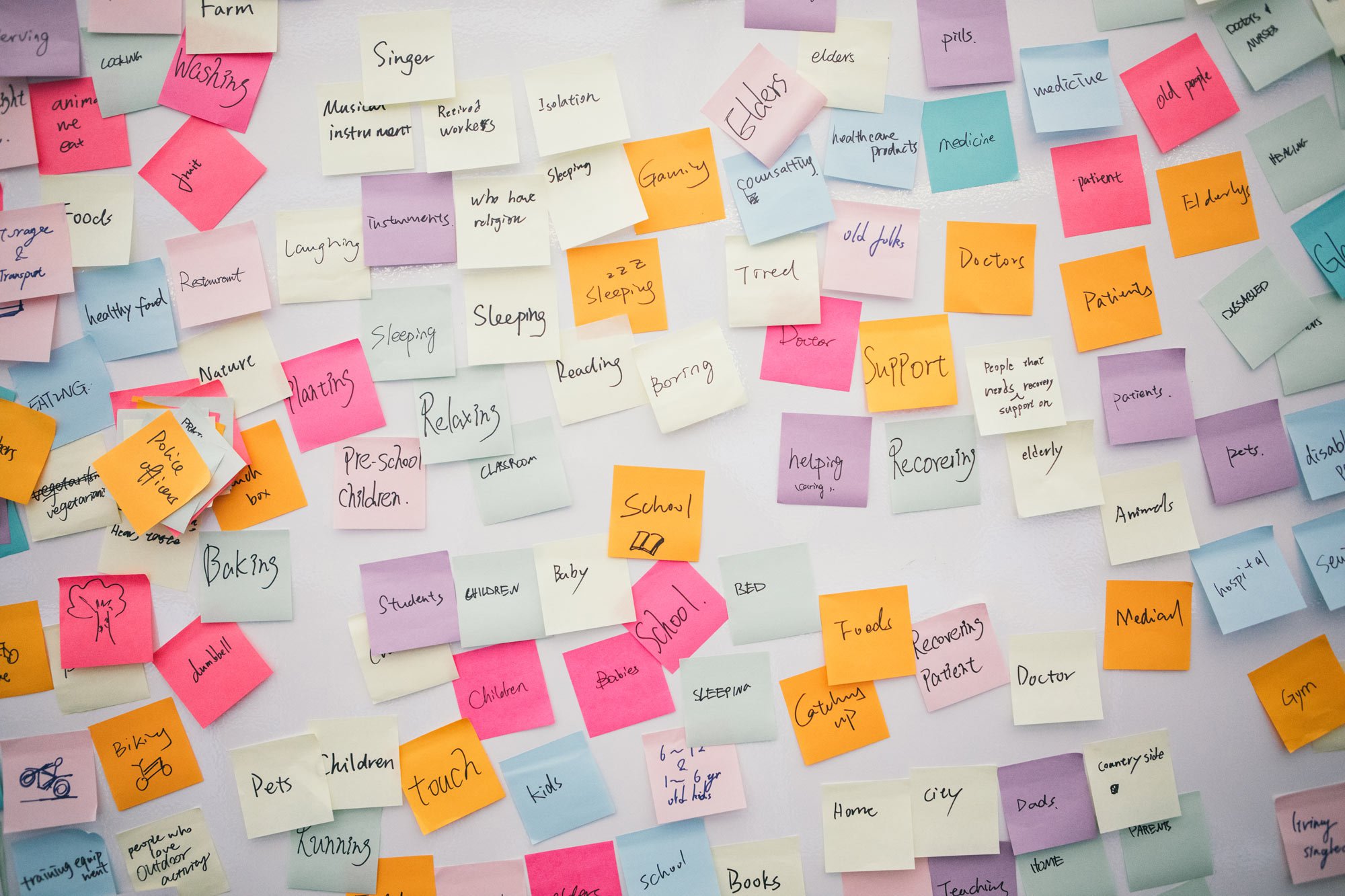How to prototype a career change, design strategy-style
The best thing anyone can do when considering a career change is to follow the design process and prototype their prospective futures before diving in, writes alumnus Justin Lokitz (MBA in Design Strategy 2014).

I spent over five years at Oracle and seven at Autodesk. I don’t feel the need to shake things up if I don’t have to.
Though I’ve done a lot in my career (so far), I wouldn’t peg myself as someone who jumps from job to job—or even a risk-taker when it comes employment. In fact, if you look at my resume (or LinkedIn profile), you’ll see that for the most part I’ve had pretty steady positions for most of my life.
That said, many of the moves I’ve made in my career were not just lateral, from company A to company B. More often than not, I’ve been able to totally change roles, and perhaps my entire career path. For instance, I went from sales consulting at Oracle (with some software engineering in there for good measure) to product management at Autodesk to working as a strategy designer and managing director at BMI.
When I’m asked about these shifts, and specifically how I made them, I have one common answer: For every new role that I thought would be an interesting career move, I prototyped what that role might look and feel like before ever actually jumping in.
Like a ride-along with a police officer, prototyping a new career is really no more than finding something you’re interested in, finding someone who does that already, and then finding a way to help them do what they do (for free most of the time). This can be done super cheaply and even while working at another job.
Before we get started, there are a few design-y terms we should define first to avoid confusion.
Prototype
In design thinking, our goal is not to prescribe a form or function arbitrarily. We want our choices to be informed by the way people actually use our products/services, so we start with an initial hypothesis, then use prototypes, or preliminary mockups, early on in the process to collect hands-on data to better craft the experience moving forward. Test and learn. Mind you, prototypes—sometimes also called pretotypes—shouldn’t be engineering quality. They’re just meant as a way to test an idea or assumption.
Sprint
Much like painters are constantly stepping back from their easels to take in the wider context of the detailed work they’re doing, the design process is also rooted in a “step back and observe” approach. Rather than tackling projects as a whole from start to finish, we segment them into more focused, bite-sized sprints that allow us to work in a much more focused, agile way. This approach offers more opportunities to step back and observe our work as we go, letting us integrate new data and feedback much more nimbly and, most importantly, get those prototypes in front of users faster (before investing too much up front).
Critique/feedback
A business program based in an art and design school means that critique culture also bleeds into the business culture at CCA—and for good reason. Critiques are constructive environments where peers are able to give honest feedback to an artist or designer about a specific piece or body of work, with the express goal of helping them to better understand how others are viewing, processing, and responding to their work. As design strategists, feedback, postmortems, and user surveys are our version of critiques and we believe that honest, constructive feedback is essential to creating products and services that actually work for the end-user.

Running a business model innovation workshop for BMI International.
How I prototyped my last career change
Before I co-founded BMI Americas, I worked at Autodesk as a senior product manager, overseeing most of the geospatial and planning software products. Although I knew I wanted to do something on my own, rather than quitting my paying job (or starting something in stealth), I booked some vacation days to help run a few business model innovation workshops with Patrick van der Pijl, the CEO of BMI International, whom I met through the MBA in Design Strategy program when he was a guest speaker in my Innovation Studio course.
I treated this work as a personal prototype, meaning I started with assumptions about the work I’d be doing, and even sent those assumptions to my manager at Autodesk so he knew what I (thought I) would be doing. Of course, this was also my way of keeping everything above board. When I got to the workshop, I didn’t just hang back and watch. I worked with Patrick to understand the flow and where I could insert myself. Because Patrick was the expert and could manage the entire workshop without me, I was confident that even if I failed at parts, I wouldn’t ruin the entire workshop. After every design sprint (about one and half hours), I would check in with Patrick to see how I did and to decide (together) whether I should dive even deeper in the following design sprint.
After workshops, I would do a postmortem with Patrick, where I would solicit super candid feedback. All of this prototyping really just helped me understand what would be in store for me should I take that path and what I would need to get better at. Was this what I wanted to be doing? Was I any good at it? Was it worth pursuing?

Today I find that I'm constantly prototyping new ways of doing my job. In fact, this is a core part of the BMI DNA. Every time we run a workshop or training, we ask our clients for candid feedback right then and there, often pulling from them the juicy, critical feedback we’re looking for. I even do this after a specific design sprint if what I’m doing is brand new. Never does someone’s feedback hurt my feelings; I’m always trying to do my best. Rather, I let them know that their feedback is invaluable to me and that only through critical feedback can I help them even more. Often, if the feedback is given on day one of a two-day workshop, I’ll immediately update the design of day two to reflect their feedback. This is what prototyping is all about.
In my mind, the best thing someone can do when considering a career change is to follow the design process and prototype their prospective futures before diving in. In doing this, you’ll learn by actually performing the job (or at least parts of it), rather than just researching it. After all, not all dream jobs turn out to be good dreams.
My big question to you is this: What career are you going to prototype tomorrow?
Thinking about pursuing a DMBA?
Pro tip: Prototype your CCA experience by attending a public guest lecture, workshop, screening, or Q+A. Get a feel for what CCA is like, ask questions, and meet other students and faculty—get involved!
About Justin Lokitz
Justin Lokitz (MBA in Design Strategy 2014) is currently the strategy designer and managing director at Business Models Inc. and co-author of Design a Better Business: New Tools, Skills, and Mindset for Strategy and Innovation.
Join a studio culture focused on innovation